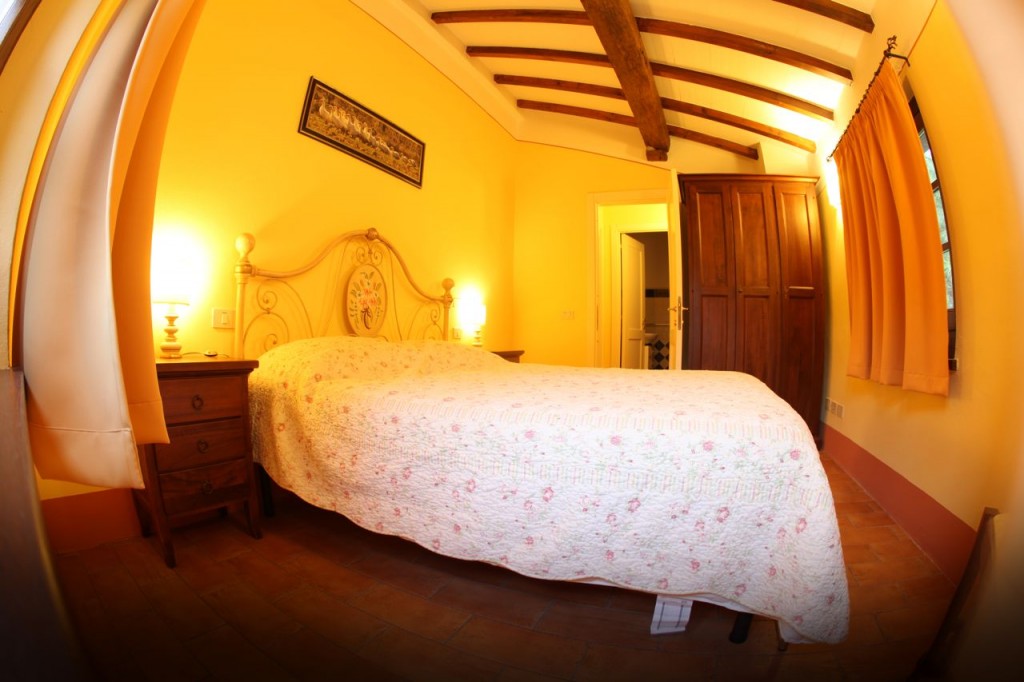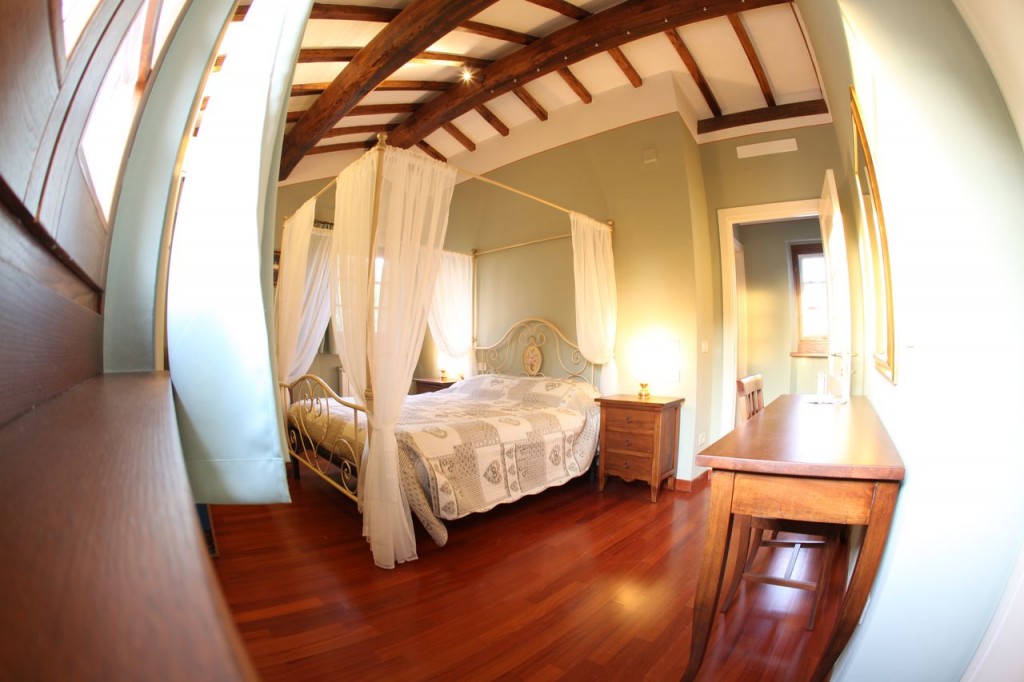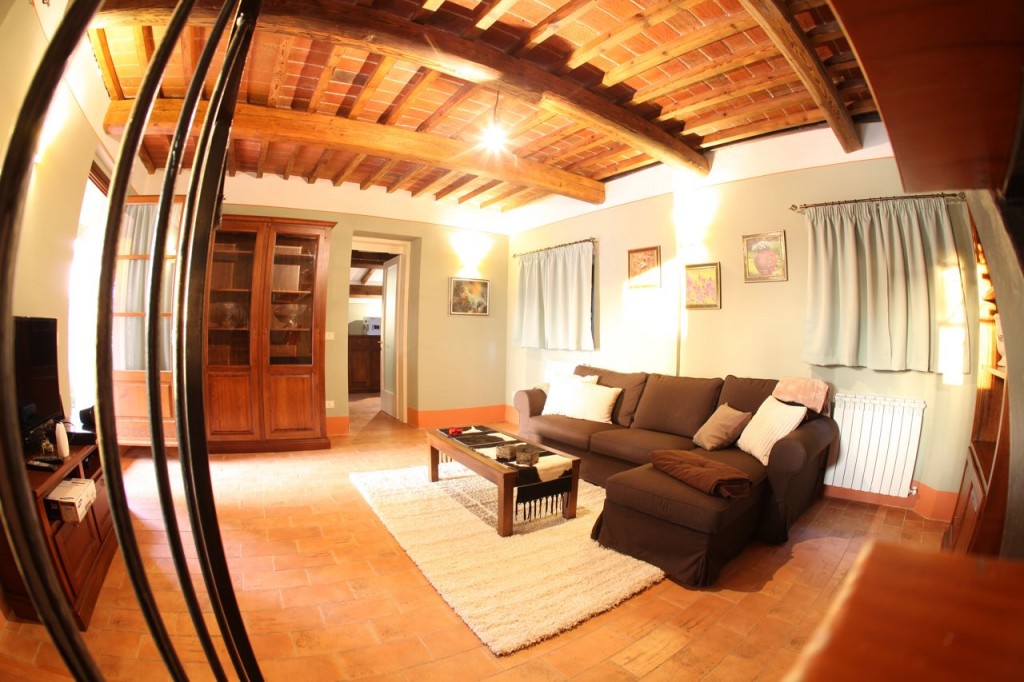Content
For example, under a static budget, a company would set an anticipated expense, say $30,000 for a marketing campaign, for the duration of the period. It is then up to managers to adhere to that budget regardless of how the cost of generating that campaign actually tracks during the period.
- You can also study the monthly adjustments and notes to more accurately plan for future costs.
- The master budget, and all the budgets included in the master budget, are examples of static budgets.
- A static budget may work well for short periods of time and/or for organizations that work with predictable revenue and expenses.
- Let’s say you spent less on overhead costs than you expected, but new taxes mean your manufacturing department won’t meet its numbers.
- Let us consider the following information regarding the costs that are expected to be incurred by a company in the upcoming accounting period.
In the case where the business totally depends upon Mother Nature, i.e., rain, dry and cold, the flexible budget helps the business to estimate there output considering the good or adverse weather conditions. Suppose the budget was set up with the expectation that sales would be $200,000 per month and labor cost was budgeted at $50,000 per month, or 25 percent of sales. Similarly, while a static budget would limit hiring more employees, a flexible budget would adapt to the need for more staff to meet increased demand by increasing the budget for payroll expenses. All of the different budget models have their benefits and drawbacks – even flexible budgets…as amazing as they sound. With a flexible budget model, if your demand suddenly triples, your cost of goods sold can be adjusted by a predetermined percentage ensuring that you have the cash to fill these orders. A flexible budget, while much more time-intensive to create and maintain, offers an incredibly precise picture of your company’s performance. Due to the ability to make real-time adjustments, the results present great detail and accuracy at the end of the year.
Flexible Budgets Help Avoid Overspending
Finmark is everything you need to build an accurate, customized financial model. No matter which type of budget model you choose, tracking your finances is what matters most. Creating a flexible budget is a lot of work and requires a great deal of time to develop and maintain. For example, if your business predicts that five units will sell per month at $5 each, you can expect a revenue of $25 a month. Flexible budgets are dynamic systems which allow for expansion and contraction in real time.
In this case, you create a personal budget based on your finances, income, needs and expenses. Then you adjust it based on how your spending shifts over the course of the year. It’s generally best to manage your budget on a monthly basis because this is how most billing cycles work. It helps establish the variability of cost factors at different levels of activity. If a company is labor-intensive and where labor is a crucial factor in production. For example, the jute industry, handloom industries, etc., where a worker performs a significant portion of work.
Situations To Use Flexible Budgeting
A flexible budget depends very much upon a forecast of the past business performance. The most significant advantage of this budget is that it helps the management of the company to determine the production level in different market and business conditions. This is because the fixed expenses don’t change irrespective of the activity level and the semi-variable expenses do change but not in proportion to the activity level. Only the purely variable expenses vary proportionately with the activity level. Where the actual level of activity is different from that expected, comparisons of actual results against a fixed budget can give misleading results. Flexible budgets do not fix variances, they help to better plan for the future. Revenue is still calculated at month end so costs cannot be retroactively adjusted.
Flexed budgets assume linearity of costs and, therefore, take no account of, for example discounts for bulk purchases of materials. ‘Labour’ costs are unlikely to behave in a linear fashion unless a piecework scheme is in operation. Analyze cost behaviour patterns in response to past levels of activity. 1) Flexible budgets assume linearity of costs and therefore take no account of, e.g., discounts for bulk purchases of materials. Labour costs are unlikely to behave linearly unless a piecework scheme is in operation. Static budgets are great for keeping your production costs in line. They are useful to encourage your procurement staff to obtain the goods and services you need at the lowest possible price.
Disadvantages Of Flexible Budgeting
There are many companies like service industries where variable costs don’t have a major role to play and such companies do not require a flexible budget. Identify the variable costs that are to be incurred and determine the variable cost on a per-unit basis or as a percentage of activity level. By flexing its budget a company can anticipate and accommodate its needs. For example, a seasonal business might create a flexible budget that anticipates changing staff levels as customers come and go over the course of the year. Or a company that conducts product development might allow for greater research investment in case of strong sales. A flexible budget can be found suitable when the business conditions are constantly changing. Accurate estimates are expected from if the resources are available with the experts.
The budgeted expenses corresponding to the level of activity attained can then be read out from the chart and the performance of departmental heads can be assessed. The main importance of flexible budget is that it reflects the expenditure appropriate to various levels of output. The expenditure established through a flexible budget is suitable for comparison of the actual expenditure incurred with the budgeted level applicable for that particular level of activity attained.
Personal Finance
The flexible budget can be used for the determination of budgeted sales, costs, and profits at different activity levels. Plot the variable and fixed costs for the budgeted activity level and this will lead to the creation of a flexible budget. The biggest advantage to a flexible budget is that it more accurately reflects the state of your finances. The alternative, static budgeting, can’t account for unexpected expenses or changing income.
A flexible budget is a budget or financial plan of estimated cost and revenue for different output levels. The variation happens due to the change in the volume or level of activity. With flexible budgets, managers are constantly updating their projections and cost controls with current information. The most significant advantage of flexible budgets over static ones is the flexible budgeting advantages ability to adapt to changes in the real world. Nothing ever stays the same, and management has the responsibility to respond to unanticipated adverse conditions and to take advantage of unexpected opportunities. More than likely, you dutifully prepare a static budget each year and put it in your desk drawer – and it’s not seen again until it’s time to prepare a new budget.
You can review these numbers each month to determine which of your products are providing the best profit margins, helping you determine whether it is cost effective to keep producing them. Flexible budgeting can also go a long way in updating a budget for which revenue and other figures are yet to be factored in. Managers can use this opportunity to verify all fixed costs and variable expenses before any production operation commences. A flexible budget acts as an ideal financial planning tool in business settings whereby costs are closely aligned to underlying business activities.
The Flexible Budgeting Process
As a result, the company would have been able to incorporate an additional $120,000 into its variable cost of goods budget to account for the increased sales. Divide the budget you plan on spending on variable costs by your estimated production. In this article, we will explore what a flexible budget is, the advantages and disadvantages of flexible budgeting and how you can create this type of budget for your business. When you reach the end of a production cycle and need to account for the actual expenses, accurate financial reporting requires you to combine the static budget variances with the initial static budget. To keep things simple, think of a static budget as a projection budget.
- Flexible budget variances are the differences between line items on actual financial statements and those that are on flexible budgets.
- In short, a flexible budget gives a company a tool for comparing actual to budgeted performance at many levels of activity.
- A flexible budget cannot be preloaded into the accounting software for comparison to the financial statements.
- A static budget is a type of budget that incorporates anticipated values about inputs and outputs that are conceived before the period in question begins.
- Operating CostsOperating expense is the cost incurred in the normal course of business and does not include expenses directly related to product manufacturing or service delivery.
Ideally you would like this section to account for less than half of your take home pay. A flexible budget requires more attention than a fixed one, but in the long run will be worth it. With a flexible budget you can shift your spending around in case of a fender bender or have a little more fun with some extra cash. More importantly, your spending will not be the same from one month to the next.
Move Over Target And Walmart, Costco Gets The Gold Star
When everyone knows there’s not a strict expectation to stay in line with the static line item, there’s always the temptation to ask for more. ● Allows you to roll with the punches so you can easily address changes in your circumstances and market conditions, such as business volume and market fluctuations.
The flexible budget offers the most customizable experience, allowing it to be easily adopted by many different businesses. Unfavorable variance is an accounting term that describes instances where actual costs are greater than the standard or expected costs. A static budget incorporates expected values about inputs and outputs that are conceived prior to the start of a period.
Similarly, an above target performance will result in a FAVORABLE variance of $ 89,250. Whereas static budgets do not change to reflect an increase in sales, flexible budgets do. As a result, a company may better be able to see where they can increase marketing or other efforts when they experience increased revenue. The process of preparing a flexible budget is very similar to the traditional static budget process. Let’s assume that you are a small business owner and need to prepare a budget for your aquarium company for the next fiscal year. So, you’ve decided to give flexible budgeting a try this year instead. Flexible budgets are most appropriate for businesses that operate with an increased variable cost structure, where costs are primarily attached to activity levels.
Flexible Budget
Conversely, if revenue didn’t at least meet the targets set in the static budget, or if actual costs exceeded the pre-established limits, the result would lead to lower profits. A static budget helps to monitor expenses, sales, and revenue, which helps organizations achieve optimal financial performance.
StockMaster is here to help you understand investing and personal finance, so you can learn how to invest, start a business, and make money online. For example, say that April came in $500 more expensive than usual. You can account for that by flexing your budget to spend $500 less in May, making up for the unanticipated spending. This will generally include categories like the Daily Expenses for https://intuit-payroll.org/ groceries and coffee, your transportation budget and shopping. These are the expenses that you can’t cut out altogether but which you can adjust if need be. This is the section that accounts for utilities, student loan payments, car payments and other fixed expenses that you can’t easily modify. Housing should occupy its own category; for renters, it will likely have little more than “Rent.”



























